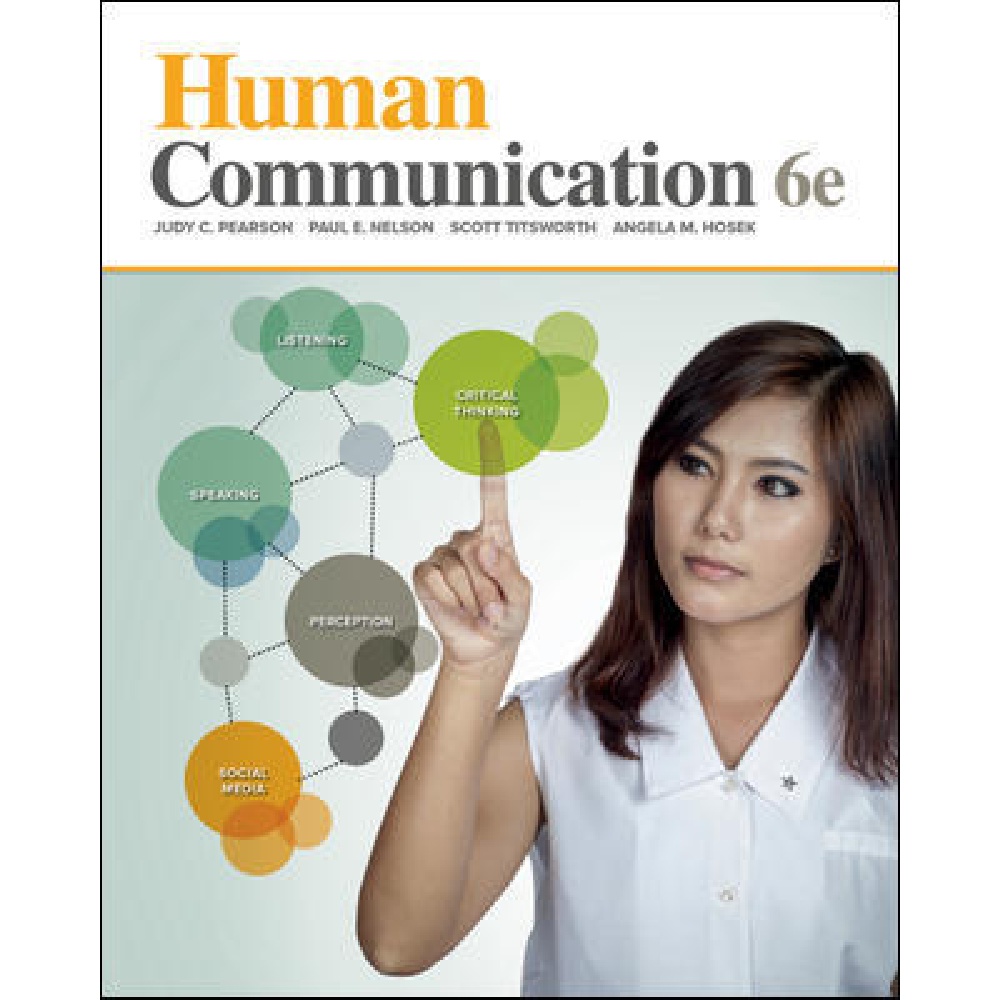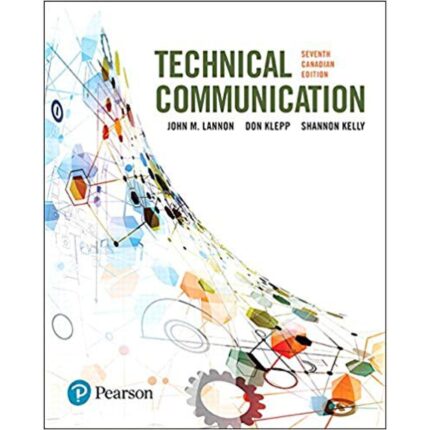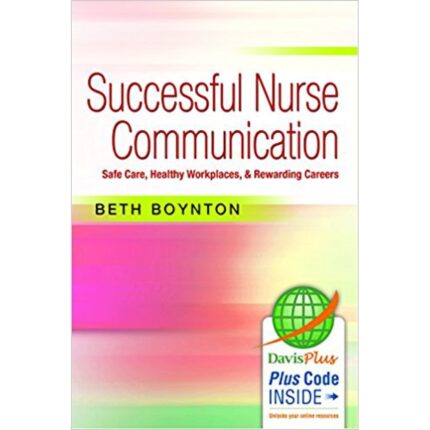31. The so-called sleeper effect means that your speech suffers from “mid-speech sag” and therefore invites your audience to doze.
FALSE
Bloom’s level: Remember
32. People who are perceived as using referent power are seen as less credible.
FALSE
Bloom’s level: Understand
33. Examples and narratives are effective ways to convey emotion.
TRUE
Bloom’s level: Remember
34. A speaker’s delivery can have a positive impact on source credibility.
TRUE
Bloom’s level: Remember
35. Audience members’ perception of a topic’s importance can influence how they perceive your credibility as a speaker.
TRUE
Bloom’s level: Remember
36. Simply explaining that you conducted research on a topic definitively establishes your credibility.
FALSE
Bloom’s level: Remember
37. Competence is a dimension of source credibility that reflects the speaker’s honesty, fairness, and honor.
FALSE
Bloom’s level: Remember
38. A speaker who exhibits dynamism is one who shares the audience’s interests, attitudes, beliefs, and values.
FALSE
Bloom’s level: Remember
39. The only chance you have to affect your credibility is your behavior during your speech.
FALSE
Bloom’s level: Remember
40. How you are introduced will neither increase nor decrease your source credibility.
FALSE
Bloom’s level: Remember
41. The first place you should look for supporting material for your speech is your personal experience.
TRUE
Bloom’s level: Remember
42. If you are a lifeguard and you give a speech on swimming, you demonstrate competence.
TRUE
Bloom’s level: Understand
43. No matter who your audience is, your credibility remains the same.
FALSE
Bloom’s level: Remember
44. One of the important questions that you should ask about your own personal experience is whether or not it is typical.
TRUE
Bloom’s level: Remember
45. Information that you heard from a friend is just as good as something that you experienced yourself.
FALSE

Hole’s Essentials Of Human Anatomy & Physiology 12th Edition By David Sheir – Test Bank $40.00 Original price was: $40.00.$20.00Current price is: $20.00.

Business Law Text And Cases 13th Edition By Kenneth – Test Bank $35.00 Original price was: $35.00.$20.00Current price is: $20.00.
Human Communication 6th Edition By Judy Pearson – Test Bank
$35.00 Original price was: $35.00.$20.00Current price is: $20.00.
This is not a Textbook. Please check the free sample before buying.
Edition: 6th Edition
Format: Downloadable ZIP Fille
Resource Type: Test bank
Duration: Unlimited downloads
Delivery: Instant Download
SKU: 693157 Category: Communication
Description
Reviews (0)
Be the first to review “Human Communication 6th Edition By Judy Pearson – Test Bank” Cancel reply
Instant Delivery By Mail











Reviews
There are no reviews yet.